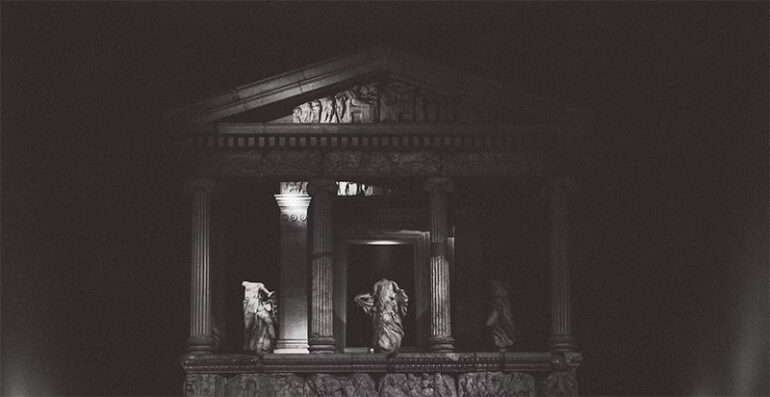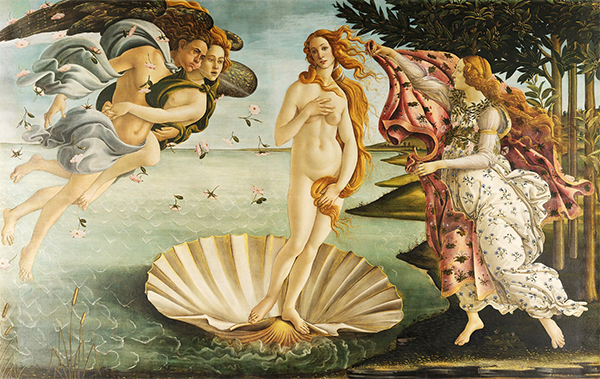Throughout the course of human history, art has served as a timeless vehicle for self-expression. Artists have found ways to express deep thoughts, feelings, and notions using diverse visual mediums. Symbolism and the incorporation of mythology are truly mesmerizing aspects of the art world. The incorporation of these two elements brings a sense of complexity and fascination to artistic creations, surpassing their mere aesthetic appeal and granting spectators a profound comprehension of the artist’s motives.
Delving into symbolism
The utilization of visual elements in art to depict abstract ideas and concepts is known as symbolism. Creators utilize various symbols to communicate messages that surpass the limitations of verbal language. Frequently, these signs are widely recognized and have been employed in various societies and historical eras. As an illustration, the dove frequently represents tranquility, whereas the snake is commonly linked to sagacity or craftiness. The study of art history involves exploring a vast range of symbols that have been utilized in various forms of artistic representation throughout many centuries. A wide range of symbols has been witnessed in various manifestations, ranging from the elaborate artwork of the medieval and Renaissance periods to the cutting-edge installations of modern art.
Sandro Botticelli’s renowned artwork, “The Birth of Venus,” depicts the symbolic representation of Venus emerging from the sea foam through the use of a seashell as her platform. The arrangement of the characters and the incorporation of different hues additionally enhance the allegorical significance of the artwork, as Venus personifies both aesthetics and affection.
Mythology’s influence on art
Likewise, the realm of art is greatly influenced by mythology. Legends from ancient times have been transmitted across countless eras, captivating listeners with their enthralling tales and profound allegories. Throughout history, artists have often sought inspiration from mythology, incorporating legendary beings, deities, and champions into their creations. Art forms throughout history have often incorporated mythological elements, spanning from prehistoric cave art to the iconic sculptures of ancient Greece and Rome. Take, for example, the sculpture of Apollo Belvedere, which portrays the Greek deity Apollo captured in a serene state of deep reflection. The sculpture not just symbolizes a deity but also encompasses the principles of aesthetics and scholarly endeavors linked to Apollo.
Combining symbolism and mythology
Throughout the ages, artists have consistently imbued their creations with a multitude of profound interpretations, skillfully intertwining symbols and myths to produce captivating and aesthetically remarkable works. One notable instance of this can be seen in the artwork “Las Meninas” created by Diego Velázquez during the 17th century. At first glance, the artwork seems to depict a group of individuals who are of noble lineage from Spain. In a clever maneuver involving the precise positioning of reflective surfaces and the incorporation of symbolic elements, Velázquez prompts spectators to ponder the essence of truth and how we perceive it.
Conclusion
Symbolism and mythology allow artists to explore deep ideas and emotions beyond the physical world. Their platform allows viewers to reflect and engage with the art. The relationship with generational myths and legends gives creative expression a sense of inclusion and eternality. Symbolism and mythology have long been important in art. Creators use symbols to represent ideas and beliefs, while folklore inspires narratives and characters. Symbolism and mythology enrich the creative experience by conveying messages on several levels and inviting viewers to investigate the artist’s motivations. Artists may create lasting, thought-provoking works that captivate and inspire audiences with these powerful tools.
1st & featured image by https://unsplash.com/photos/LTRB5CiM0Yo
2nd image by https://commons.wikimedia.org/wiki/Category:The_Birth_of_Venus_(Botticelli)#/media/File:Sandro_Botticelli_-_La_nascita_di_Venere_-_Google_Art_Project_-_edited.jpg

